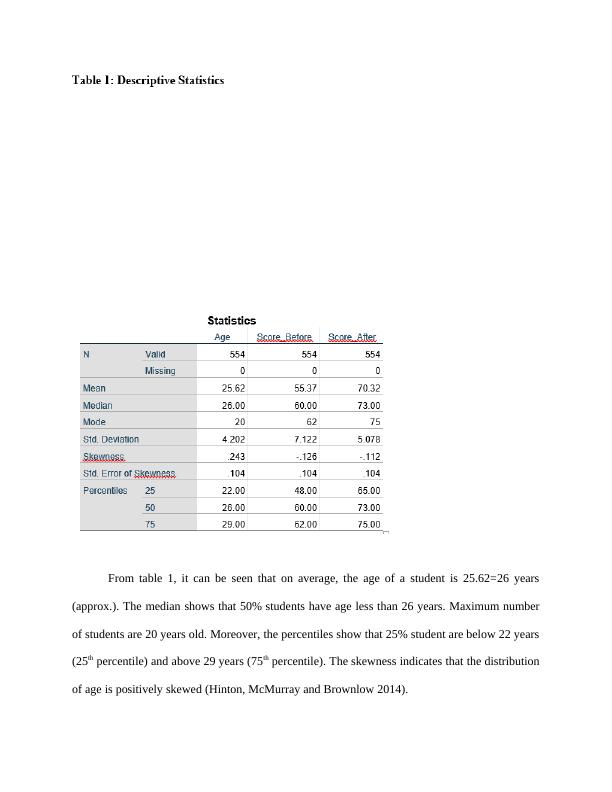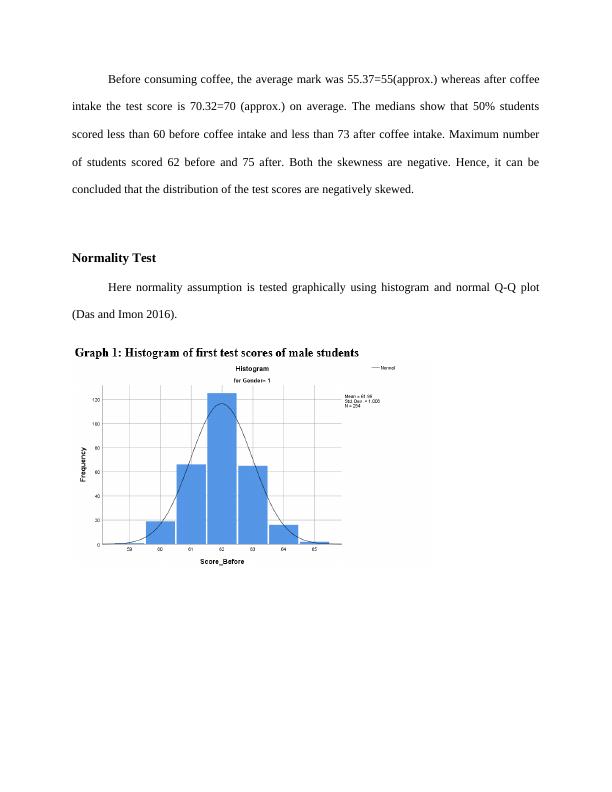Data Analysis Data Description
The study aimed to determine the impact of aerobic training, resistance training and a combination of both training on haemoglobin A1c (HbA1c) in participants living with type 2 diabetes.
12 Pages1064 Words16 Views
Added on 2022-08-29
Data Analysis Data Description
The study aimed to determine the impact of aerobic training, resistance training and a combination of both training on haemoglobin A1c (HbA1c) in participants living with type 2 diabetes.
Added on 2022-08-29
ShareRelated Documents
End of preview
Want to access all the pages? Upload your documents or become a member.
The effect of coffee consumption
|10
|978
|16
Data and Business Decision Making
|15
|1220
|381
Introduction to Biostatistics
|8
|1469
|98
BSB123 Data Analysis
|13
|1715
|331
Does average self-reported weekly income differ between male and female full-time workers in Sydney?
|13
|2582
|174
Does average self-reported weekly income differ between male and female full-time workers in Sydney?
|8
|2283
|98




